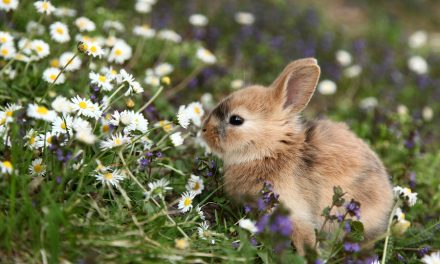When I was growing up, we always had orange juice on our breakfast table. However, these days, many families have switched orange juice for coconut milk ( and water). Nom nom…fresh coconut water is the BEST.
And Hollywood caught on too, as some of the biggest starts now drink it daily after a workout or just to hydrate. In fact, perhaps thanks to the high rollers who discovered it, you’ll now find coconut water being sold by luxury brands- at up to US$7 for 33 cl, about the same price as basic champagne.
The market is truly exploding:
- Coconut water annually brings in $2 billion and is expected to reach $4 billion in the next five years.
- In 2007, a 25% stake in Vitacoco, the largest brand for coconut water, was sold for US$7 million to Verlinvest company.
- Seven years later, another 25% stake in Vitacoco was again sold to Red Bull China for about US$166 million.
- Others in the coconut water business include Coca-Cola and PepsiCo but more than 200 brands are now marketing coconut water.
And while that’s all well and good, the coconut is one of 35 food crops listed in Annex 1 of the International Treaty on Plant Genetic Resources for Food and Agriculture. It is considered crucial to global food security; it’s an important livelihood crop for more than 11 million farmers (most of whom are smallholders) who cultivate coconut on around 12 million hectares of land in at least 94 countries worldwide. The coconut palm is even known as the “Tree of Life.”
Every part of the coconut is used. The main products are copra, the dried inner meat of the nut, used for oil and the husk, which provides a vital source of fiber. There is also high demand for coconut water (from young coconuts) and virgin coconut oil. Also, whole mature nuts are exported and sold to factories that produce “desiccated coconut and coconut cream.” But at least half of these coconuts are consumed locally. So you see, we are using a LOT of coconuts.
Coconut conservation
Thankfully, over millennia, humans have maintained numerous coconut varieties and this has resulted in an extraordinary morphological diversity, which is expressed in the range of colors, shapes, and sizes of the fruits (the extent of this diversity is largely unknown at the global level). And this genetic diversity, known by scientists as “germplasm”, is conserved by millions of small farmers.
From the article:
“In a project led by the Pacific Community and funded by the Global Crop Diversity Trust, two small islands in Samoa have been recently replanted with the famous traditional niu afa variety, which produces the largest coconut fruits in the world, reaching more than 40 cm long.
Sadly, the coconut is endangered. One of the main challenges of coconut cultivation is the existence of lethal diseases, which are rapidly expanding and killing millions of palms. These pandemics are known as lethal yellowing diseases.
The diseases ravage countries in Africa (in Tanzania, Mozambique, Ghana, Nigeria, Cameroon, Côte d’Ivoire), and also in Asia (India), North America (Mexico, the Caribbean, Florida) and the Pacific Region (Papua New Guinea, and probably Solomon Islands).”
But this diversity is under threat. Many varieties that might be crucial for the future of agriculture are disappearing because of the loss of traditional knowledge, rapid transformations of agricultural landscapes, climate change, and westernization. In fact, the Pacific Region is probably the location where the losses are highest.
Case in point, in 2010 on Moorea Island, a Polynesian farmer being interviewed about sweet husk varieties, known as kaipoa there, said, “I had one kaipoa coconut palm in my farm, but I cut it down two years ago … Over ten years, I was unable to harvest a single fruit: all were stolen and eaten by children from the neighborhood.”
So, what’s the answer?
Enter the International Coconut Genetic Resources Network. COGENT now comprises 41 coconut-producing countries and represents more than 98% of global production. Their current activities are focused on conservation, breeding of coconut varieties, and sequencing the coconut genome, in a collaboration between research organizations in Côte d’Ivoire, France, and China.
Coconut water will only bring in billions IF coconuts are plentiful and diverse. So, as we move forward we need to do so responsibly. The future of the coconut must be a priority for everyone who farms, eats and profits from the coconut.
Source: Time












